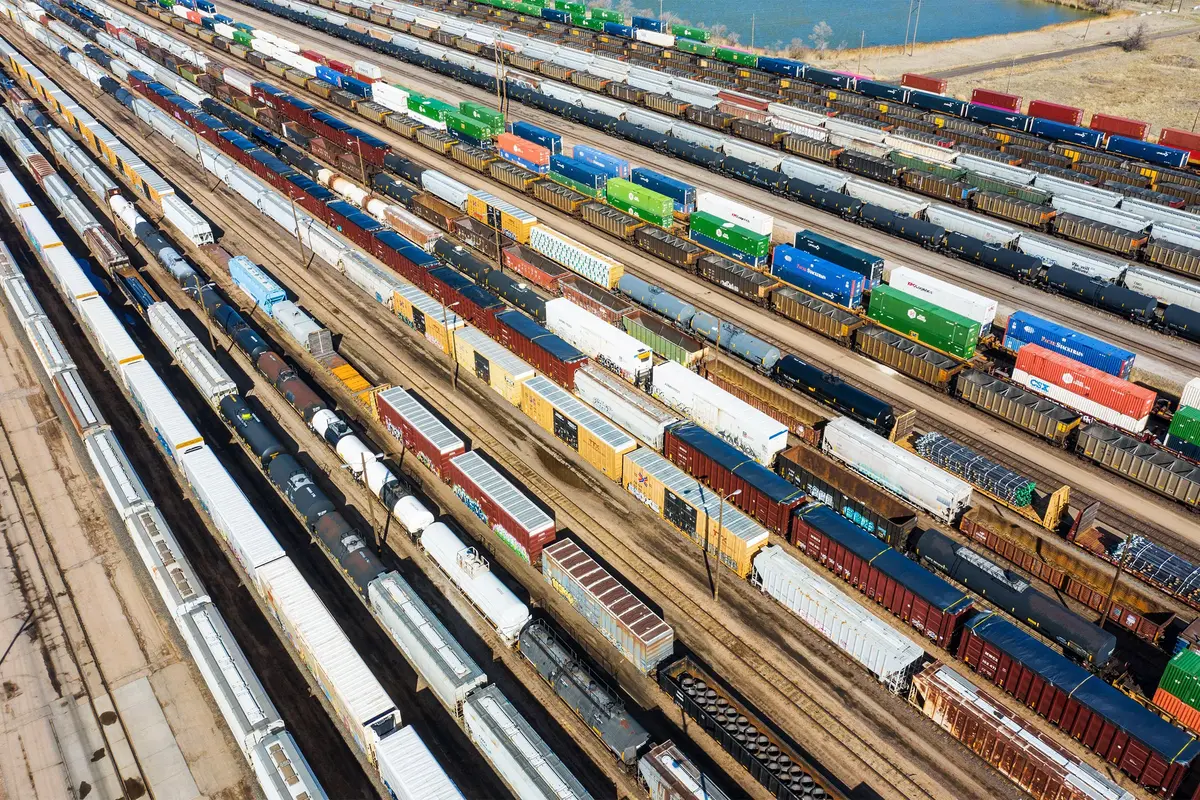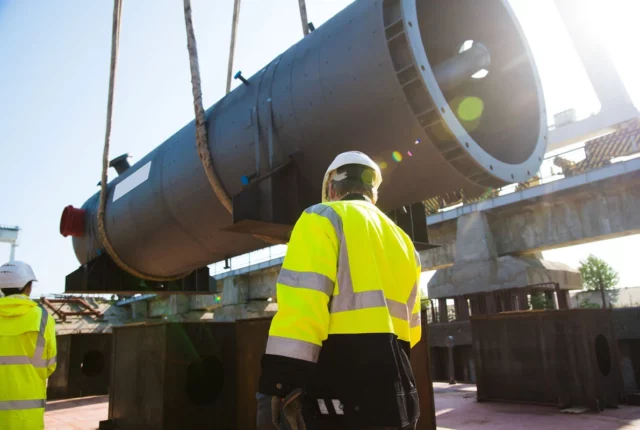
Investing in the Future of US Rail Freight Infrastructure
The US rail freight system has long been the backbone of the nation’s economy, moving billions of tons of goods each year. From agricultural products to industrial materials, rail freight helps keep the wheels of commerce turning.
But the current state of US rail infrastructure is facing significant challenges. Decades of underinvestment, aging technology, and increased competition from other modes of freight transportation have left the system strained.
The Current State of US Rail Freight Infrastructure
The US rail freight infrastructure, while vast, is struggling with issues like congestion, bottlenecks, and outdated technology. Many rail lines, especially in the Northeast and Midwest, date back to the early 20th century and have seen little modernization.
In cities like Chicago, a key rail hub, significant delays are caused by outdated switchyards and congestion at intermodal terminals. This lack of modernization is in stark contrast to countries like Germany and China, where rail systems are faster, more efficient, and highly integrated with modern technology.
The Role of Rail Freight in the US Economy
Rail freight plays a crucial role in the US economy, contributing heavily to the supply chain and supporting industries like agriculture, mining, and manufacturing. It’s not just about moving goods from point A to point B—rail freight provides a cost-effective and energy-efficient alternative to trucking.
One railcar can carry the equivalent of four truckloads, which means fewer vehicles on the road, less traffic congestion, and lower carbon emissions. Furthermore, the rail industry supports thousands of jobs across the country, both directly in the operation of the rail system and indirectly through related industries.
Challenges Facing the US Rail Freight System
One of the primary challenges is a lack of sufficient investment. While the highway system has received extensive federal funding, rail freight often relies on a mix of private and public investments that are not always consistent.
Regulatory hurdles also pose a significant challenge, as new infrastructure projects often face delays due to environmental reviews, land acquisition issues, and opposition from local communities. Furthermore, rail freight is in fierce competition with trucking and air freight, which have more flexibility and faster delivery times for short-haul shipments.
Opportunities for Growth in Rail Freight
Despite the challenges, there are ample opportunities for growth in the US rail freight industry. Expanding rail capacity to meet growing demand, especially in the face of rising e-commerce and supply chain disruptions, is a major opportunity.
By investing in intermodal transportation—where freight moves seamlessly between rail, trucks, and ships—the industry can increase efficiency.
The Importance of Government and Private Investment
For the US rail freight system to remain competitive, both government and private sector investments are needed. Government initiatives, such as the Infrastructure Investment and Jobs Act, are aimed at funneling billions into transportation infrastructure, including rail.
Public-private partnerships (PPP) are another solution, bringing together the resources and expertise of both sectors to modernize rail systems, build new infrastructure, and upgrade old equipment.
Key Investments Needed to Modernize US Rail Freight Infrastructure
There are several critical areas where investment is needed to modernize rail infrastructure. Upgrading tracks and expanding network capacity will help reduce congestion and delays. Implementing advanced signaling systems and control technologies, such as Positive Train Control (PTC), will improve safety and efficiency. Investments in intermodal freight terminals will enhance connections between rail, road, and sea, creating a more integrated transportation network.
Technological Innovations in Rail Freight
Technology is transforming rail freight in exciting ways. Autonomous trains, while still in development, have the potential to increase efficiency by reducing labor costs and optimizing routes. Smart rail networks, powered by tracking sensors, can monitor track conditions and predict maintenance needs before issues arise.
Sustainability and Environmental Considerations
One of the key advantages of rail freight is its environmental benefit. Rail transport produces far fewer emissions per ton-mile than trucks, making it a greener alternative for long-distance freight movement.
Investments in electrifying rail lines and using cleaner fuels, such as hydrogen, could further reduce the carbon footprint of the industry. By shifting more freight from roads to rails, the US can significantly reduce its greenhouse gas emissions.
Economic Benefits of Investing in Rail Freight
Investing in rail freight infrastructure has significant long-term economic benefits. It helps businesses save on transportation costs, reduces delays, and improves supply chain reliability. By enhancing the rail network, regions can attract more businesses, boosting local economies and creating jobs.
Addressing the Workforce Gap
As rail freight infrastructure expands, there will be an increased need for skilled labor. Training and education programs will be vital in preparing the workforce to manage and operate more technologically advanced rail systems. With the right investments, the rail industry can create high-quality jobs in areas ranging from engineering to logistics management.
Intermodal Transportation and Its Future in US Freight
Intermodal transportation, where freight moves seamlessly between different modes like rail, road, and sea, is the future of logistics. By investing in intermodal hubs and ensuring that rail terminals are well-connected to highways and ports, the US can create a more flexible and efficient freight system. This not only reduces shipping times but also lowers costs for businesses.
Investing in the future of US rail freight infrastructure is crucial for maintaining a competitive and sustainable economy. By modernizing the rail system, we can reduce transportation costs, cut emissions, and create jobs. It’s time to take bold steps toward building a 21st-century rail network that can meet the demands of the future.
FAQs
Why is investing in rail freight infrastructure important?
Investing in rail freight infrastructure ensures that goods are transported efficiently, reducing transportation costs, minimizing delays, and contributing to economic growth.
What are the current challenges facing the US rail freight system?
Challenges include aging infrastructure, insufficient funding, regulatory hurdles, and competition from other freight modes like trucking.
How does rail freight benefit the environment compared to trucking?
Rail freight produces fewer emissions per ton-mile, making it a greener and more energy-efficient option for long-distance freight transport.






